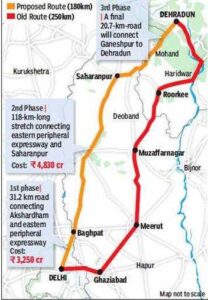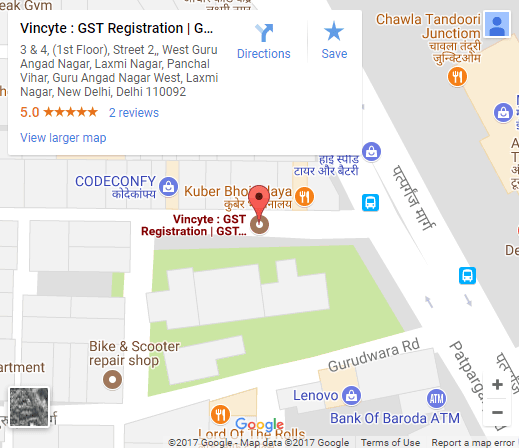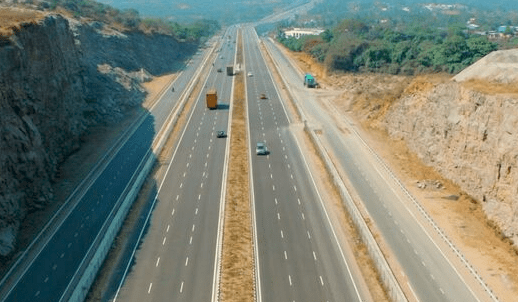Delhi-Dehradun Expressway
By the end of 2023, the Delhi-Dehradun Expressway—also known as the Delhi–Saharanpur–Dehradun Expressway—will be operational. Due to the potential advantages of the motorway, there has been a lot of interest.
The National Highways Authority of India (NHAI) has approved the Delhi-Dehradun motorway, which builds a connection between Delhi and Dehradun via Saharanpur. It is anticipated that the present five-hour travel time between Delhi and Dehradun will drop to 2.5 hours. It will cut travel times in half, ease traffic, and create more space for nearby residential and commercial developments.
We provide you with the inside scoop on project developments, deadlines, news and the Delhi-Dehradun motorway route.
Delhi-Dehradun Expressway Overview
NHAI is now working on a project called the Delhi-Dehradun motorway.
The proposed motorway is expected to span 210 kilometres (130 miles) in total, linking Uttarakhand, Uttar Pradesh, and Delhi. There are six planned lanes as of right now, but if more are needed, they might be expanded to eight.
As per the NHAI authorities, the current travel time between Delhi and Dehradun is approximately five hours. Following the opening of the motorway, commute times will be cut in half, or two and a half hours, for each trip.
At present, the project’s development is expected to cost INR 13,000 Cr. The completion date of the Delhi-Dehradun motorway is December 2023, as stated by NHAI authorities. Nevertheless, based on the present phase, March 2024 may be added to the completion date.
When the motorway is fully operational, the authorities anticipate that 20,000 to 30,000 cars would use the road every day.
Delhi-Dehradun Expressway Route Map

The primary road runs 210 kilometres, connecting the cities of Delhi, Saharanpur, and Dehradun.
The route chart of the Delhi-Dehradun motorway links various cities, including as Bhagpat, Baraut, Shamli, and Saharanpur, with Uttarakhand, Delhi, and Uttar Pradesh. To connect Delhi and Dehradun, four new routes have been added. Here is a list of these four routes.
Route A – Delhi to Eastern Peripheral Expressway (EPE)
This route map’s initial leg begins at Delhi’s Akshardham Temple and travels to the EPE intersection, which is located east of Baghpat City. The initial 32 km of the road is raised for 6.4 km between Geeta Colony and Khajoori Khas.
Route B – EPE to Saharanpur
This route is roughly 118 km long and a little bit longer. This route ascends to the Saharanpur East Bypass road from EPE. There are seven interchanges along this six-lane stretch of road.
This second section of the Delhi-Dehradun motorway route spans four districts and numerous villages. In addition to making commuting easier, this motorway might help these villages’ economic prospects.
Delhi-Dehradun Expressway Village List
| District | Village |
| Baghpat |
|
| Muzaffarnagar |
|
| Shmali |
|
| Saharanpur |
|
Some of the most important villages along the Delhi-Dehradun Motorway are listed here. You can check out a lot more villages that are included in this list by visiting the NHAI’s official website.
Route C – Saharanpur to Rajaji National Park
This is the third segment of the 40-kilometer Delhi-Dehradun motorway. The route on the NH307 connects Ganeshpur to the Saharanpur East Bypass. At the southern entrance of the Rajaji National Park, this road connects.
Route D – Rajaji National Park to Dehradun
This completes the approximately 20-kilometer Delhi-Dehradun motorway route. The final section of this route, which includes a tunnel that is roughly two kilometres long, was finished in August 2022.
Routes on the Delhi Dehradun Expressway Route
The Delhi-Dehradun motorway route map has two spur routes in addition to the main route.
Additional routes that begin or connect to the main route are known as spur routes.
Spur Route 1: Ambala-Gangoh-Shamli Motorway – This will link at Gogwan Jalalpur to the Delhi-Dehradun motorway.
Spur Route 2 (Saharanpur-Roorke-Haridwar Motorway) will link up with the Delhi-Dehradun motorway at Sohanchida Mast, which is 108 km into the route.
Delhi-Dehradun Expressway – Timeline
The following are some of the current project updates of the Delhi-Dehradun Expressway.
| February 2020 | The central government approved the NHAI project of the Delhi-Dehradun Expressway |
| January 2021 | Land acquisition and tender allotment for the first two stages – Akshardham to Baghpat district border complete |
| November 2021 | INR 2,095 crores allotted by the central government to build an additional six-lane that connects Haridwar to the Delhi-Dehradun Expressway |
| December 2021 | On 4th December 2021, Prime Minister Narendra Modi laid the foundation stone for the inauguration of the expressway construction |
| January 2022 | Tender invitations opened for the next stage of construction – Shamli–Ambala Expressway |
| August 2022 | The last 20 km stretch of the Delhi-Dehradun Expressway that passes through the Rajaji National Park, an eco-sensitive zone completed |
Real Estate Impact of Delhi-Dehradun Expressway
The development that occurs around an important motorway like the Delhi-Dehradun one is an additional benefit, in addition to the fact that it will facilitate commuters’ lives.
Numerous real estate projects will replace the motorway in the surrounding area. A number of real estate developers are likely to begin constructing apartments and plots around the motorway because of its convenient accessibility. Consequently, purchasing real estate in the vicinity of the expressway’s run-through areas could prove to be a lucrative venture in the long run.
In addition to residential designs, the Delhi-Dehradun motorway route map is likely to see the emergence of numerous commercial buildings. This will cover eateries, shopping centres, medical facilities, workplaces, and IT parks.
Increased tourism in Delhi, Dehradun, and the areas the expressway connects will be another benefit of the Delhi-Dehradun route. People would want to travel on weekends and during the holidays since it takes less than three hours to get to Uttarakhand, Delhi, and Uttar Pradesh, which would increase tourism in these states.
Further economic developments like increased GDP, more job opportunities, and faster growth will result from this.
Delhi-Dehradun Expressway Challenges
The remaining stages are all brownfield development regions, with Phase II being greenfield development that will be completed entirely from scratch. This indicates that the infrastructure for the remaining three stages already exists, and the NHAI has been resolving issues related to collecting property from landowners, destroying a few buildings as needed, and chopping trees ever since the Delhi-Dehradun motorway was envisaged.
Due to the numerous trees that have been cut down in Rajaji National Park and the apparent risk that the development poses to animals, Phase IV of the road building is particularly difficult. A large number of public interest advocates and environmentalists are still bringing legal actions to stop the cutting down of trees for road building and widening.
Multiple acres of land must be acquired in order to widen the road, and many landowners have been raising concerns about inconsistencies in the compensation they expected and received up to this point.
Get In Touch

Contact Us
New Business


